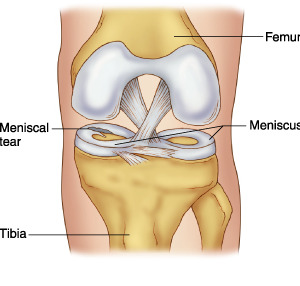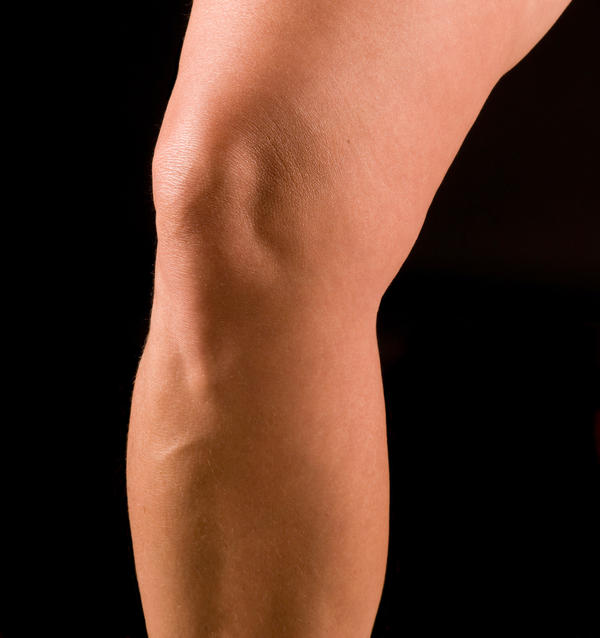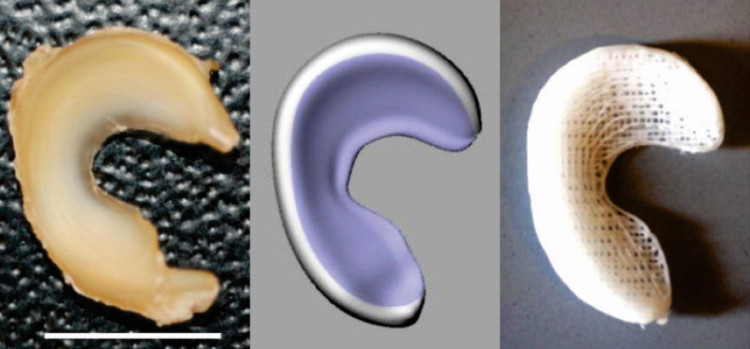Doctors can now use 3D printing to replicate body parts, or specifically in this case the inside of someone’s knee. Using the new technology, it’s now possible to replace damaged internal pieces of fragile joints with replicated ‘scaffolding’ which the body can grow new tissue around.
The meniscus is a part of the knee joint which provides structural integrity to the fragile joint, absorbing pressure and cushioning the kee from impact. Multiple menisci are found in the knees, and also prevent friction within the joint as it moves. You can see it above.
Unfortunately, these crescent shaped pieces of cartilage can be damaged, and may end up torn in either a major or minor way. Sometimes a little surgery can fix the problem, but in extreme cases the tear must be remove from the joint, leaving the knee fragile and vulnerable.
SEE ALSO: Cortana Updated in Windows 10 Leak
The newly developed 3D printing method allows the menisci to be replaced outright, meaning damaged knees can be put back to work, whereas before patients may be limited in what they can do, meaning knee-intensive sports such as skiing may have to be cut down on.
The way it works is pretty simple – first, a scaffold of the meniscus is printed off, which contains proteins which attract stem cells to the scaffold and induces them to grow into meniscal tissue. The proteins, connective growth factor (CTGF) and transforming growth factor β3 (TGFβ3), are released one after the other to complete the process.

The scaffold doesn’t stick around for long, once it’s implanted in the knee joint the body will quickly grow cartilage around it, and the body will dispose of the implanted scaffolding. Since cartilage is the fastest growing organic tissue, the process takes just four to six week, as found in tests performed on sheep.
SEE ALSO: Skype Debuts Real-Time Translation
Doctors at Columbia University Medical Centre have been testing the technology and medical applications behind this exciting new therapy. Results have been promising, and the process could end up being very quick once the trials are finished.
“We envision that personalized meniscus scaffolds, from initial MRI to 3D printing, could be completed within days,” said Dr. Jeremy Mao, the leader of Columbia’s study.
Prototyping is soon to be completed, and once funds are amassed the clinical trials will begin. We’ll keep you updated if any more body parts are 3D printed in the future.
Via: Techcrunch
Source: Science Daily

